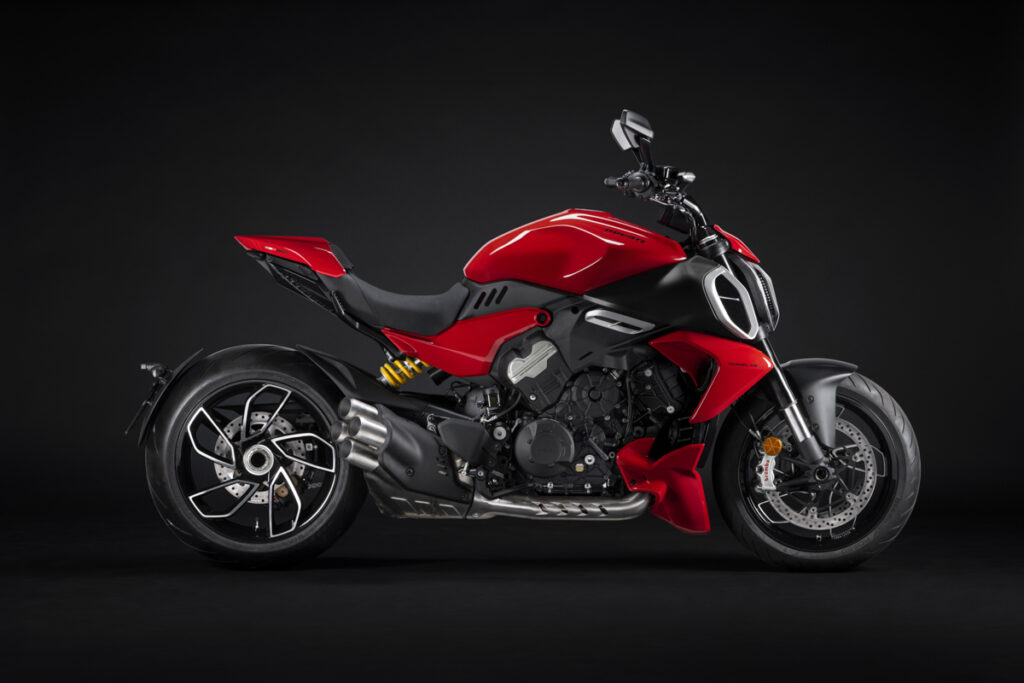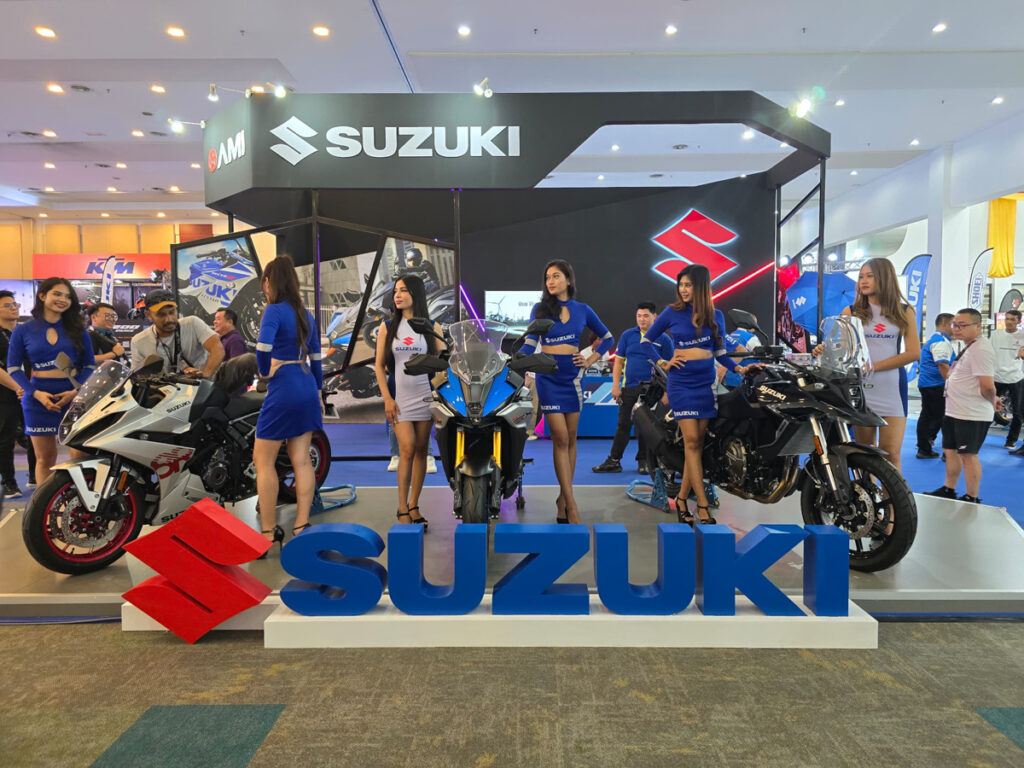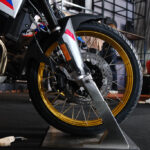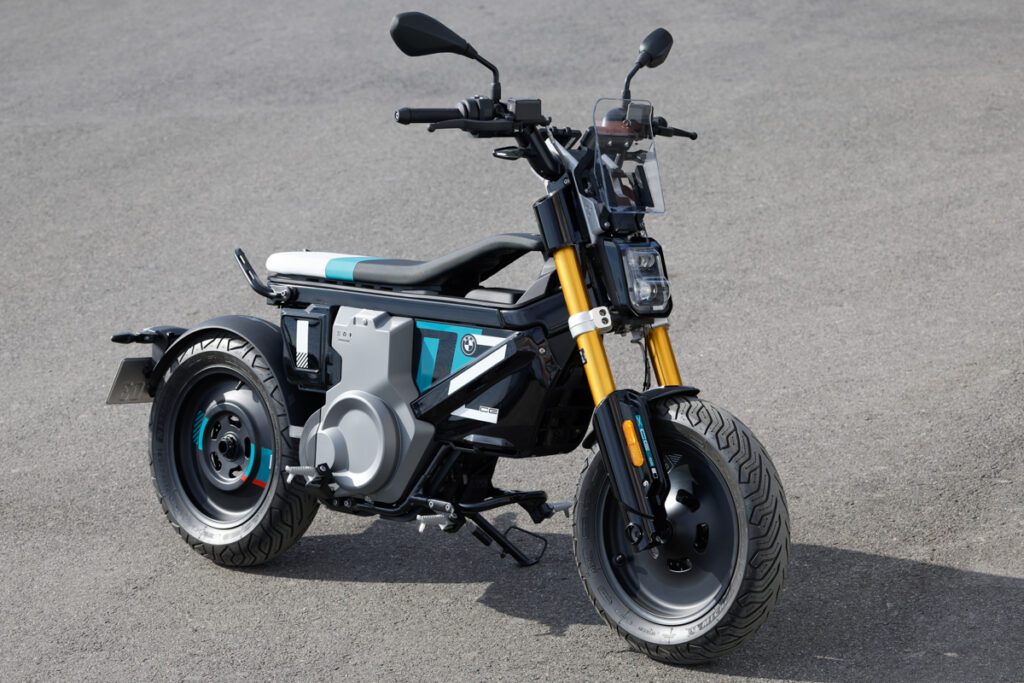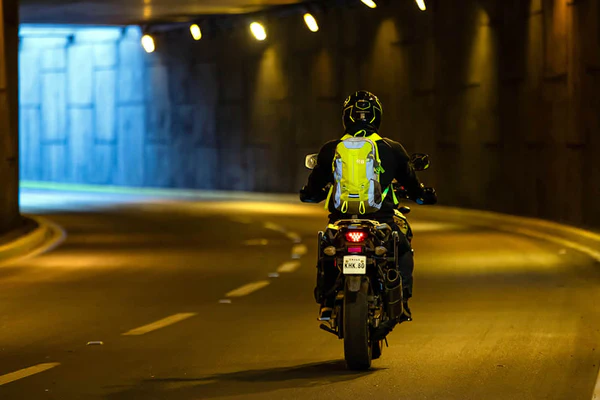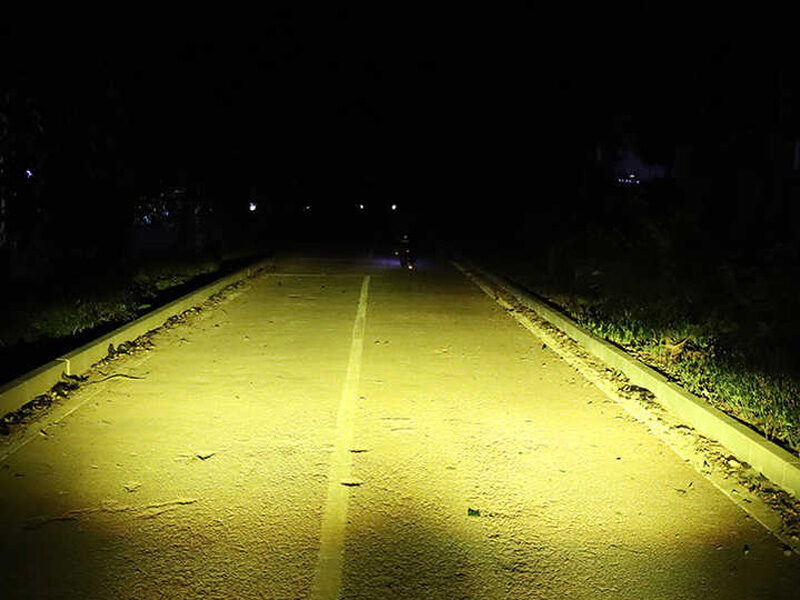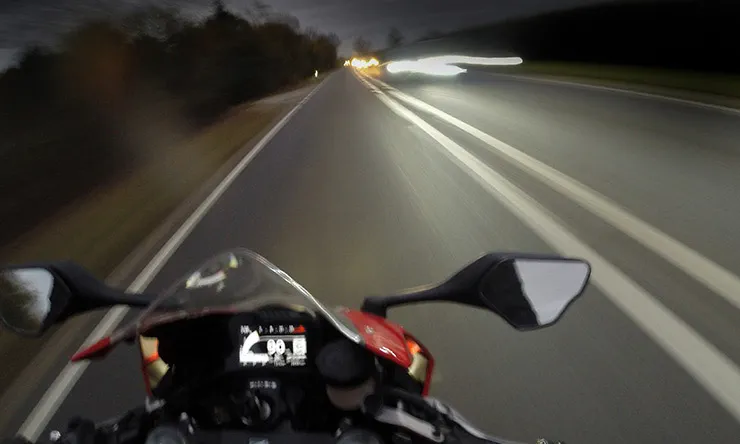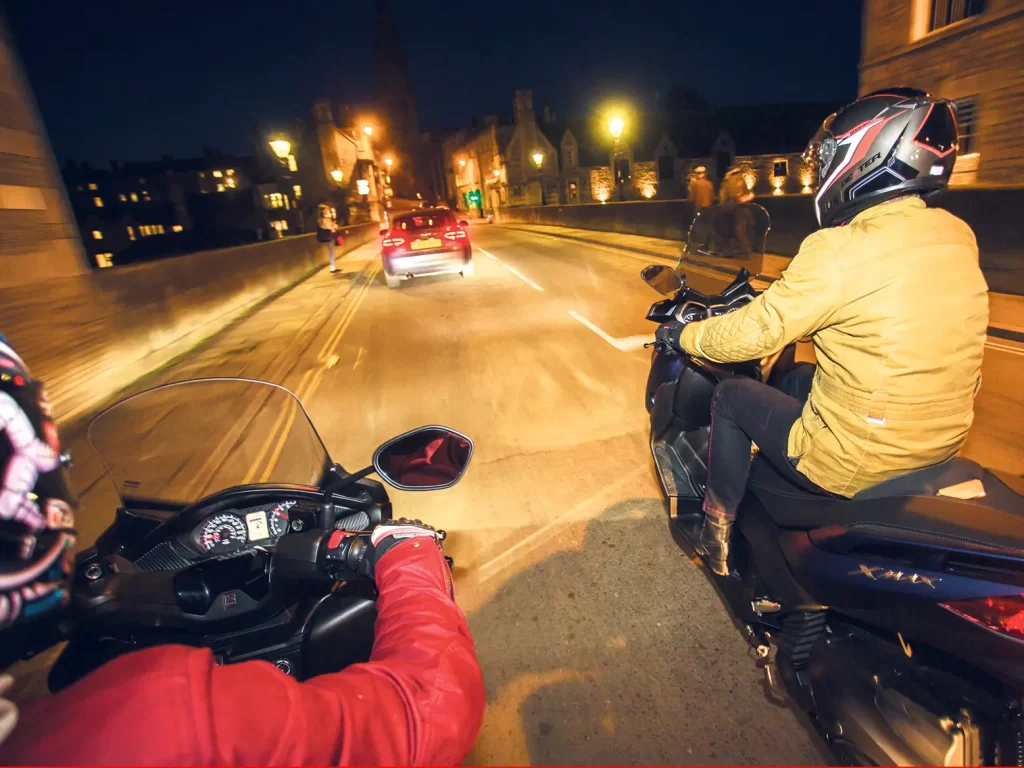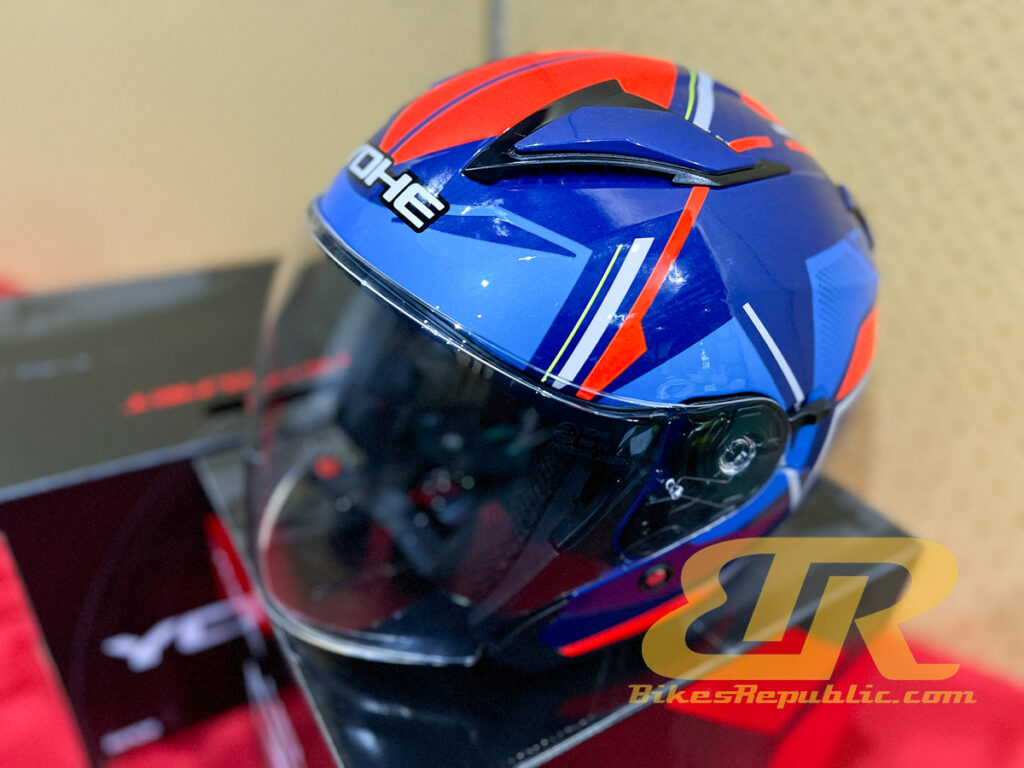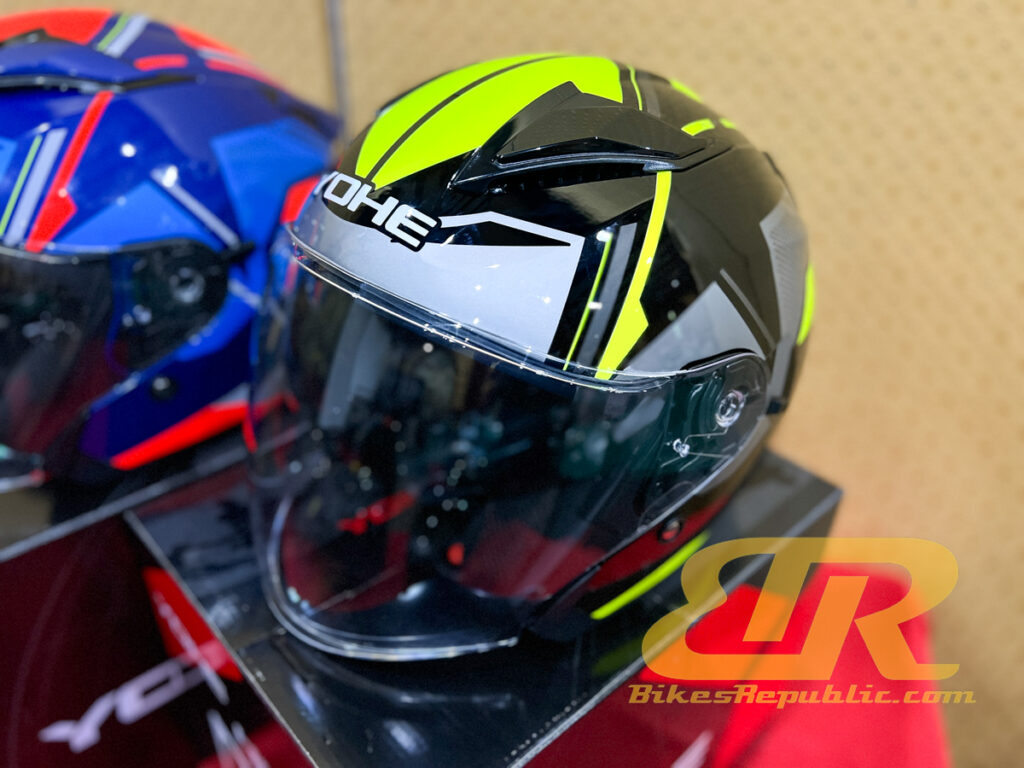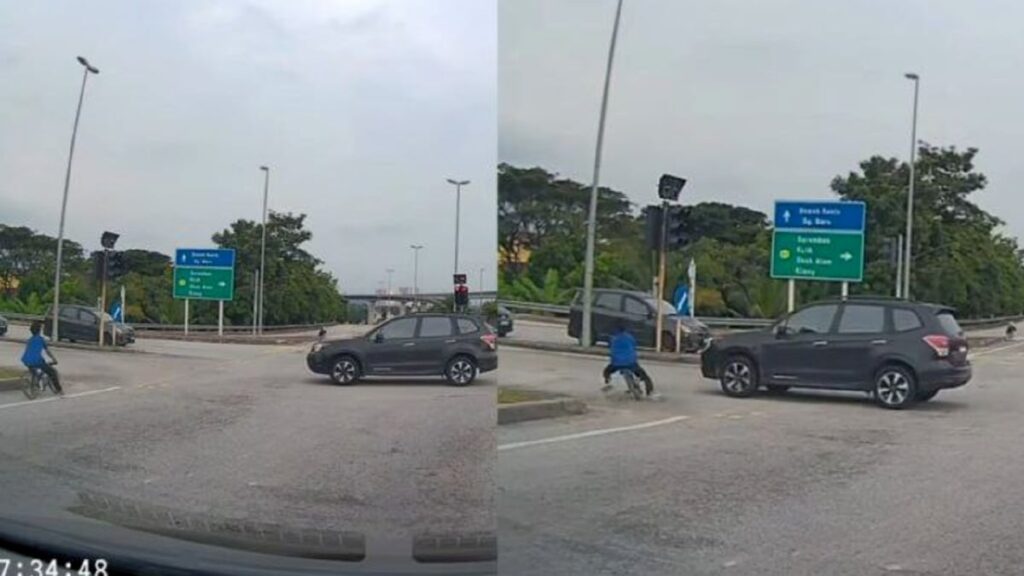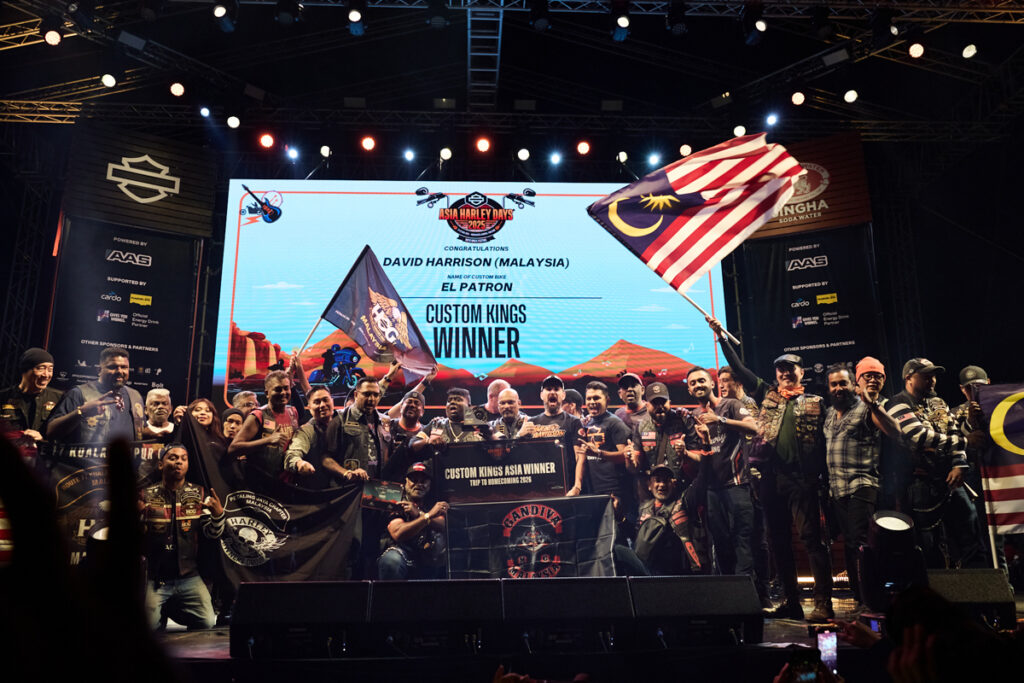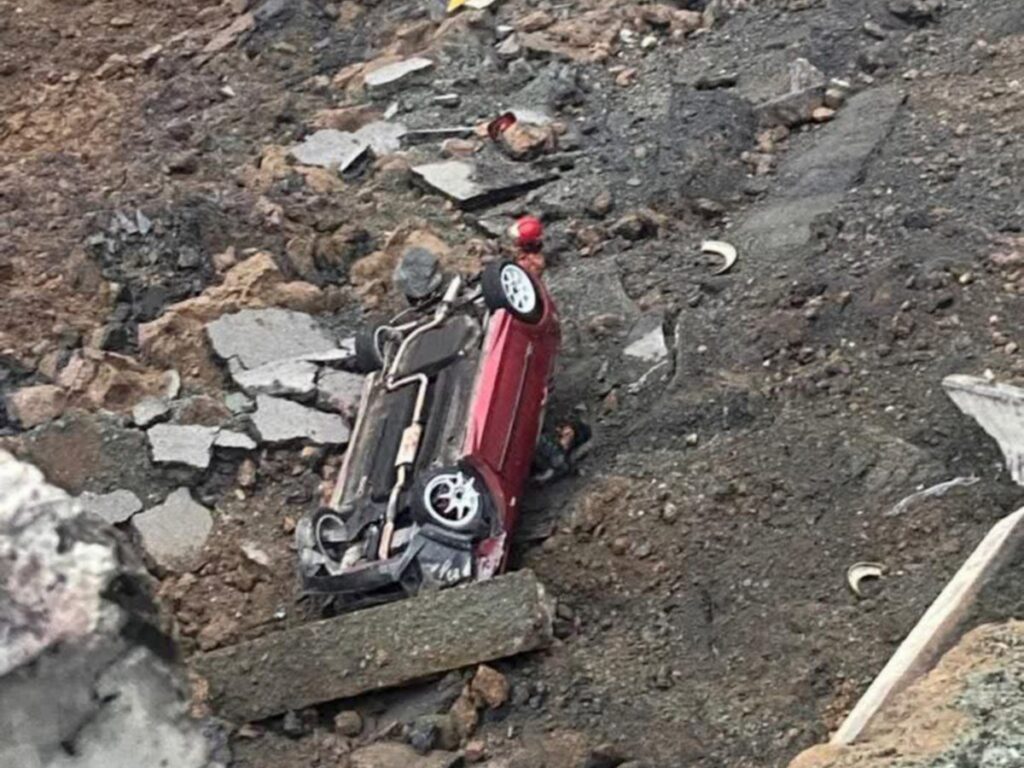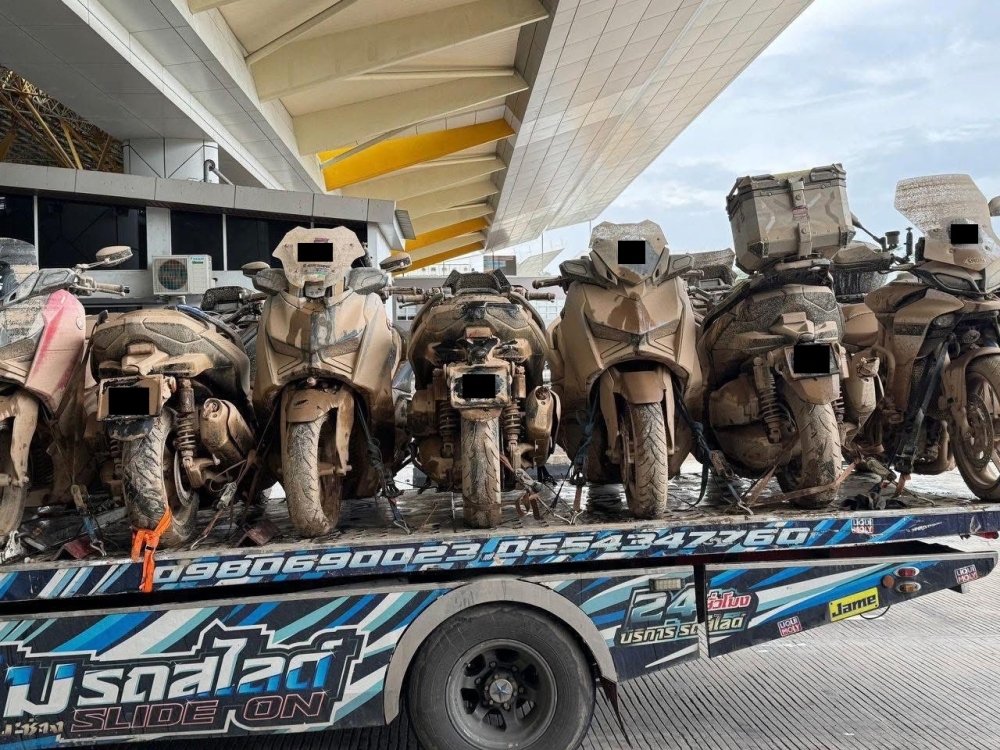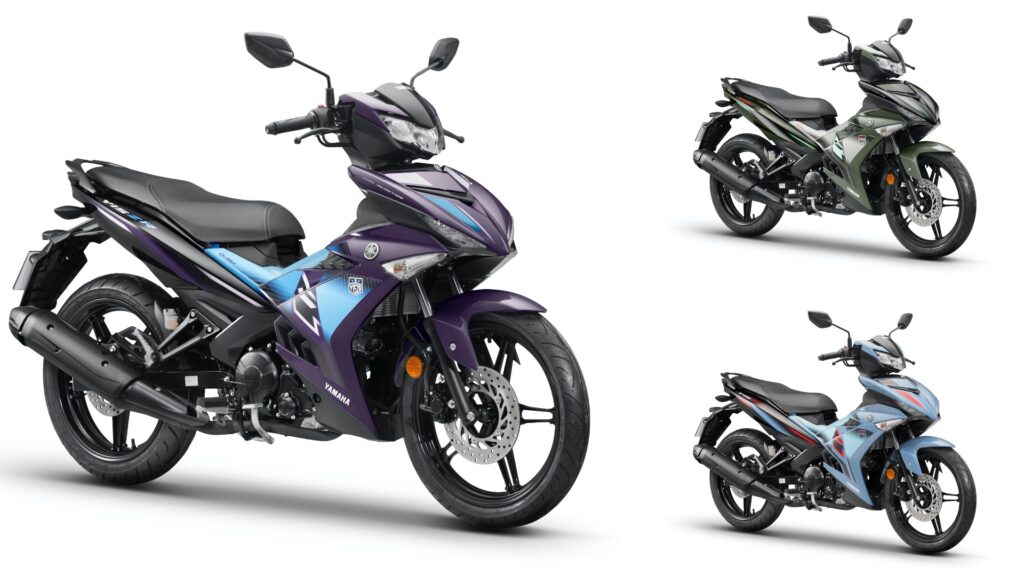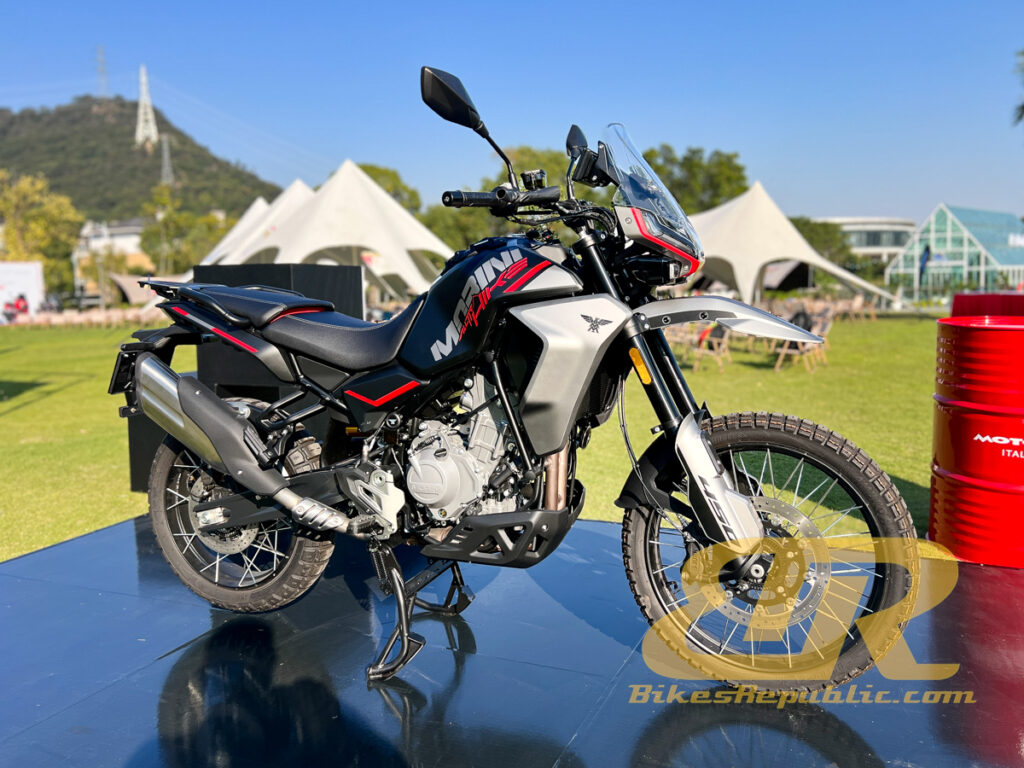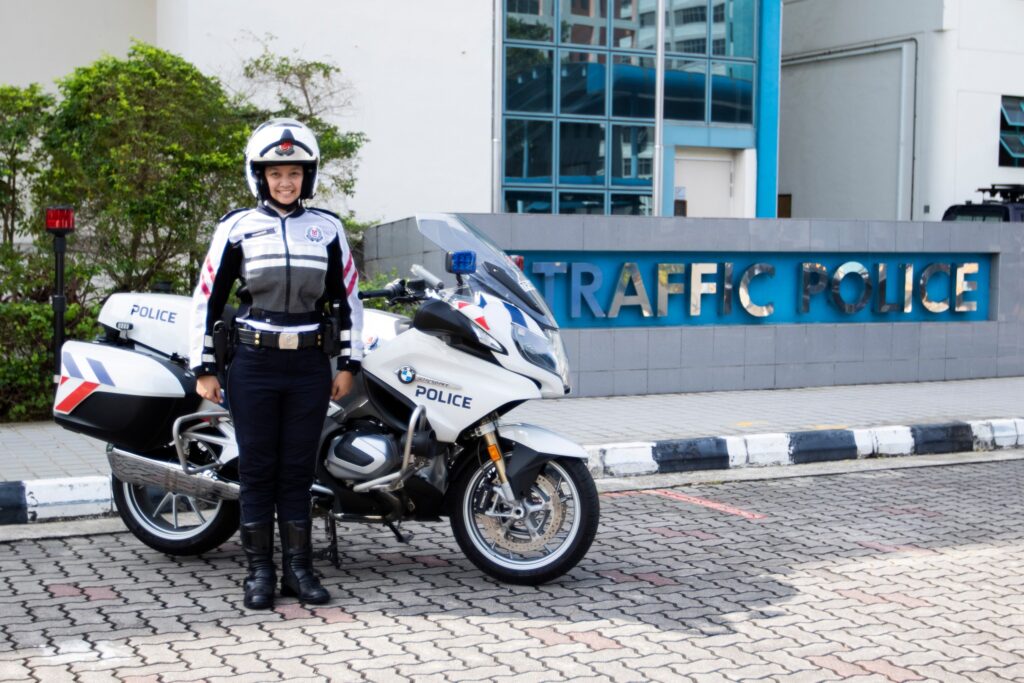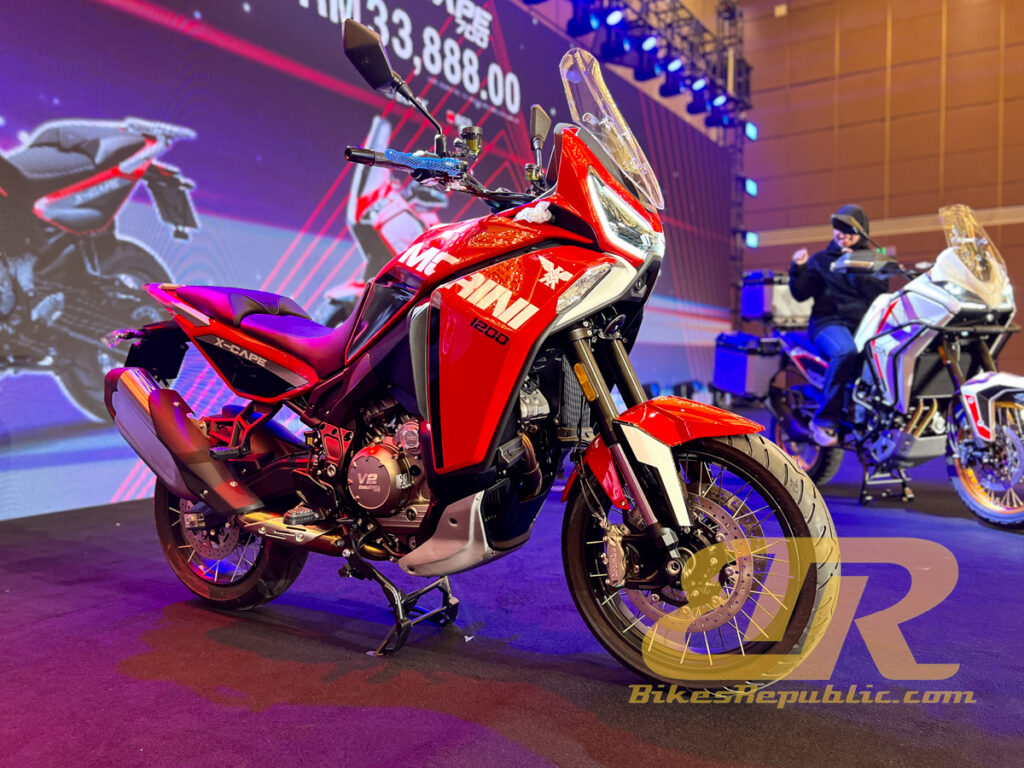The Ducati Diavel V4 wins the “Best of the Best” Red Dot Award 2024.
We know what you are thinking: There were other motorcycle manufacturers who won the award, too, so does it not seemed watered down? Well, the particular recognition obtained by the Ducati Diavel V4 sets it apart from the others because the formal title is “Red Dot Award 2024: Best of the Best.”
This award represents the latest in a string of such award for Ducati, beginning with the 1199 Panigale in 2013, by the XDiavel in 2016, and by the Diavel 1260 in 2019.
The Diavel V4 is the essence of a power cruiser (although Ducati does not call it that), highlighting a muscular and aggressive presence including the massive 240mm rear tyre mounted on five-spoke machined alloy rear wheel. Then there are the four exhaust tips arranged like the barrels of a rotary cannon. But typical of an Italian motorcycle, it is not all brawn, but beauty in its elegant lines, too.
And let us not forget the eye-socket flattening grunt from the Granturismo V4 engine. Yet the bike handles superbly even on twisty roads that will punish sloppily ridden sportbikes.
The Red Dot Award 2024 is only one of such awards for the Ducati V4. It has also received other recognitions such as the Good Design Award, which the oldest global recognition in the design sector, besides the Special Mention at the German Design Award 2024 which was assigned by the German Design Council.
Founded in 1955, the Red Dot Award celebrates the most original and deserving proposals for style and innovation. The award is given by a jury of experts in product design, communication design and design concepts, who this year gave the Diavel V4 the important title of “Red Dot Award 2024: Best of the Best”, the highest recognition of the competition, reserved exclusively for creations capable of setting a new standard in the benchmark sector.
The 2024 Red Dot Award ceremony will be held on June 24th in Germany, at the Aalto Theatre in Essen. The award winners will be exhibited in the Red Dot museum in Zollverein, also located in Essen and now part of the UNESCO world heritage.
You may visit the Ducati.com website page dedicated to the design principles of the Bologna-based motorcycle manufacturer.
The Diavel V4 (link to the dedicated page here) is available in dealerships in the Ducati network in the classic Ducati Red or in the glossy Thrilling Black version.

